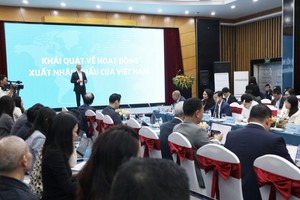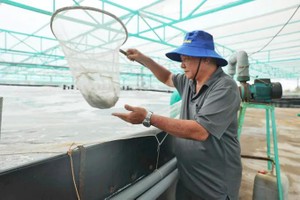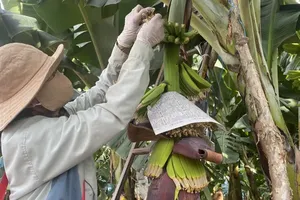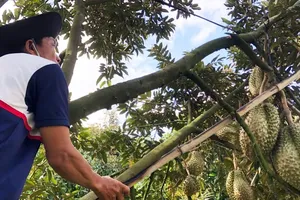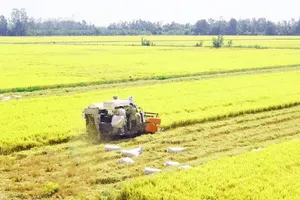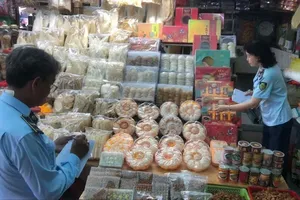The decree mandates a minimum harvest length of 500mm for skipjack tuna (Katsuwonus pelamis), a size significantly larger than the majority of fish currently caught by Vietnamese fleets.
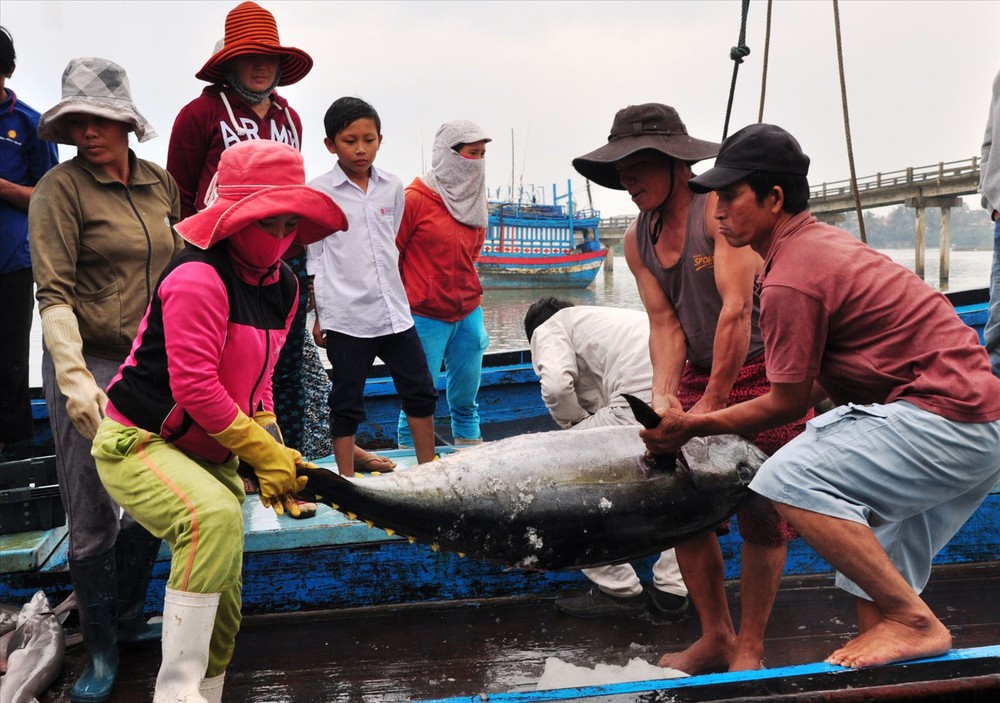
Fishermen are reporting that most skipjack tuna harvested in Vietnamese waters fall within the 150mm to 400mm range, well below the new legal limit. This discrepancy has created a critical bottleneck for the skipjack tuna industry, impacting both local fishermen and seafood exporters. The inability to legally harvest smaller skipjack tuna means a substantial portion of their traditional catch is now prohibited, leading to potential economic hardship and supply chain challenges.
The industry is now facing the urgent task of adapting to these new requirements, with concerns rising over the future viability of skipjack tuna operations in Vietnam.
According to Chairman Vu Dinh Dap of the Vietnam Tuna Association, the minimum size requirement has severely affected fishing operations and the processing industry. Skipjack tuna is the most commonly exported species, typically caught in large volumes with purse seine nets but at smaller sizes. As a result, many fishing vessels have been forced to remain idle, depriving fishermen of income and leaving processing plants short of raw materials. Some factories have had to cut operations by up to 50 percent, incurring losses of hundreds of billions of Vietnamese dong monthly, especially in the EU market.
A report from the Vietnam Tuna Association indicates that the supply of raw materials decreased 66.7-87 percent, order volumes fell 87.5 percent, and export values dropped from 35 percent to 80 percent.
Even more alarming is the sharp decrease in products eligible for EVFTA tariff preferences—from 80 to 100 percent at the start of the agreement to merely 30 percent at present. The primary cause is that domestic supply no longer satisfies the origin criteria for certification.
Ironically, the minimum size requirement is not enforced by any trade agreement or the EU, but is instead a unilateral regulation imposed by Vietnam.
Despite ongoing media attention and input from the Ministry of Agriculture and Environment, no changes have been implemented. Industry leaders persist in urging the Government to take action.
Deputy General Secretary of VASEP Le Hang has emphasized the need for immediate solutions including implementing the amendment of the decree, streamlining traceability processes to avoid delays, digitizing the certification system and increasing the proportion of domestic tuna that qualifies for EVFTA benefits. She cautions that if issues remain unresolved in the upcoming months—during the peak fishing season—companies may struggle to secure export contracts for the following year.
From a management perspective, Chairman Vu Dinh Dap stressed that fisheries regulation must be flexible, scientifically grounded, and realistic. Beyond revising the decree, authorities should ramp up communication efforts to help fishermen adapt their practices sustainably, without being blindsided by sudden policy shifts. Many still lack a full understanding of the new rules, leading to confusion and reluctance to go to sea.
Vietnam exports tuna to over 110 countries, with the U.S., EU, Middle East, and CPTPP members accounting for 82 percent–86 percent of export value. Tuna is the third-highest value seafood export item. Due to its reliance on offshore fishing, the tuna supply chain is particularly susceptible to sudden regulatory shifts. If these policy obstacles are not resolved promptly, Vietnam may jeopardize important strategic markets and weaken one of its leading seafood industries.
